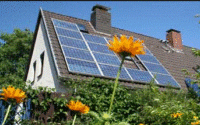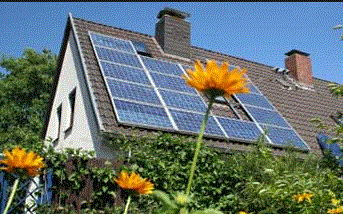By Anthony Fogelman – January 18, 2018 –
 I appreciate all the comments to Part 1 of this great story published October 27, 2017, and I suggested it be re-printed to better educate the residents and business owners in Del Norte county.
I appreciate all the comments to Part 1 of this great story published October 27, 2017, and I suggested it be re-printed to better educate the residents and business owners in Del Norte county.
It’s helpful to understand that the main difference from one place to another has a lot to do with the actual amount that the utility charges for a KwH (kilowatt hour) of electricity. When this number is above about 7 cents, then it is advantageous to both investors and business owners, making the solar lease a very attractive solution. Here in Del Norte, the average is about 13 cents.
In the case of homeowners, it will vary from one system to the next. I recommend to homeowners they look at a grid-tie system to learn what the solar power can give them in savings. Even when an average electric bill is over $80/month, it is safe to suggest that their payments for their system will be about the same as the savings it offers. When it’s above $200/mo., it’s not unusual to provide immediate savings. Either way, you cap your energy bills and achieve insulation from rising energy costs.
Even without savings, there’s still a BIG reason to go solar, since it adds to the total amount of renewable energy that we as a county, state, country, and world are producing. If you have children (and you care about them), then you have at least ONE good reason to go solar.
After the system is paid off, the electricity is essentially FREE for another ~30 years.
The average payback period for solar in California is 8 years. This is like saying: Pay now (or finance) the next 8 years of electricity to pay in advance for the next 40 years of energy. This represents a return on investment (ROI) of 5 times or 500%. If you are a financial advisor, you can make perfect sense of this. But if you like the idea of paying utilities to profit more from your labor, then you are going with the ignorant crowd. I’m happy to say that this is changing, and there is a movement to go solar globally as a result of the continued decrease in manufacturing costs of solar panels.


